The heart of the village as it can still be admired today took shape in the XIV century. It was then that the castle was built, and then, when the defensive needs of the town ceased, was transformed into a baronial palace by the De Stefano family. The sanctuary church of San Demetrio dates back to that period too, built in the place previously occupied by another sacred building.
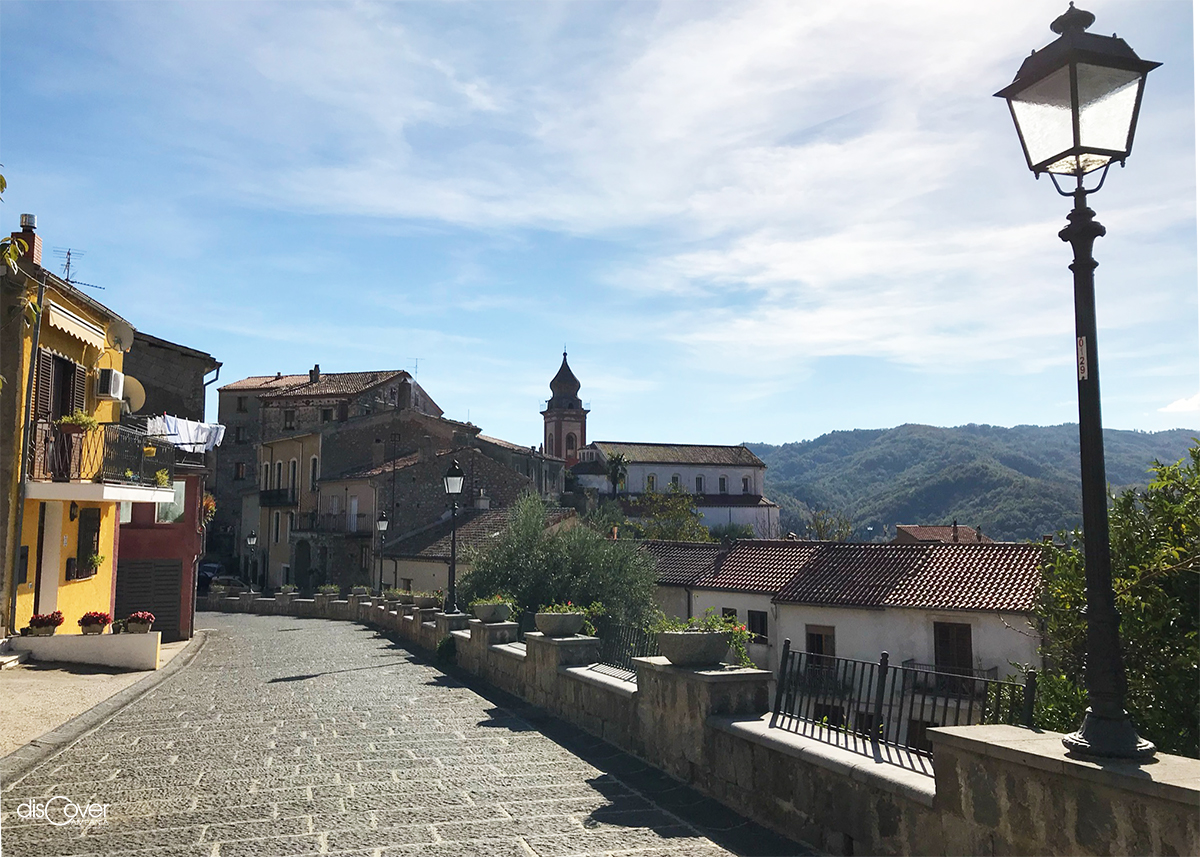

The cult of the patron saint was, in fact, much older and rooted, dating back to the foundation of Morigerati itself by the basilian monks fleeing from Greece, finding refuge on the rocky spur overlooking the Bussento Valley in the VIII century. And the etymology of Morigerati probably comes from that particular rock formation, called murgia that means ledge, but it has also been linked to murikè, gorse in Greek. The Italic population of the Morgeti also used to live in that area, before the arrival of the Romans, the time to which the evidences founded in the Ramanuru area date back.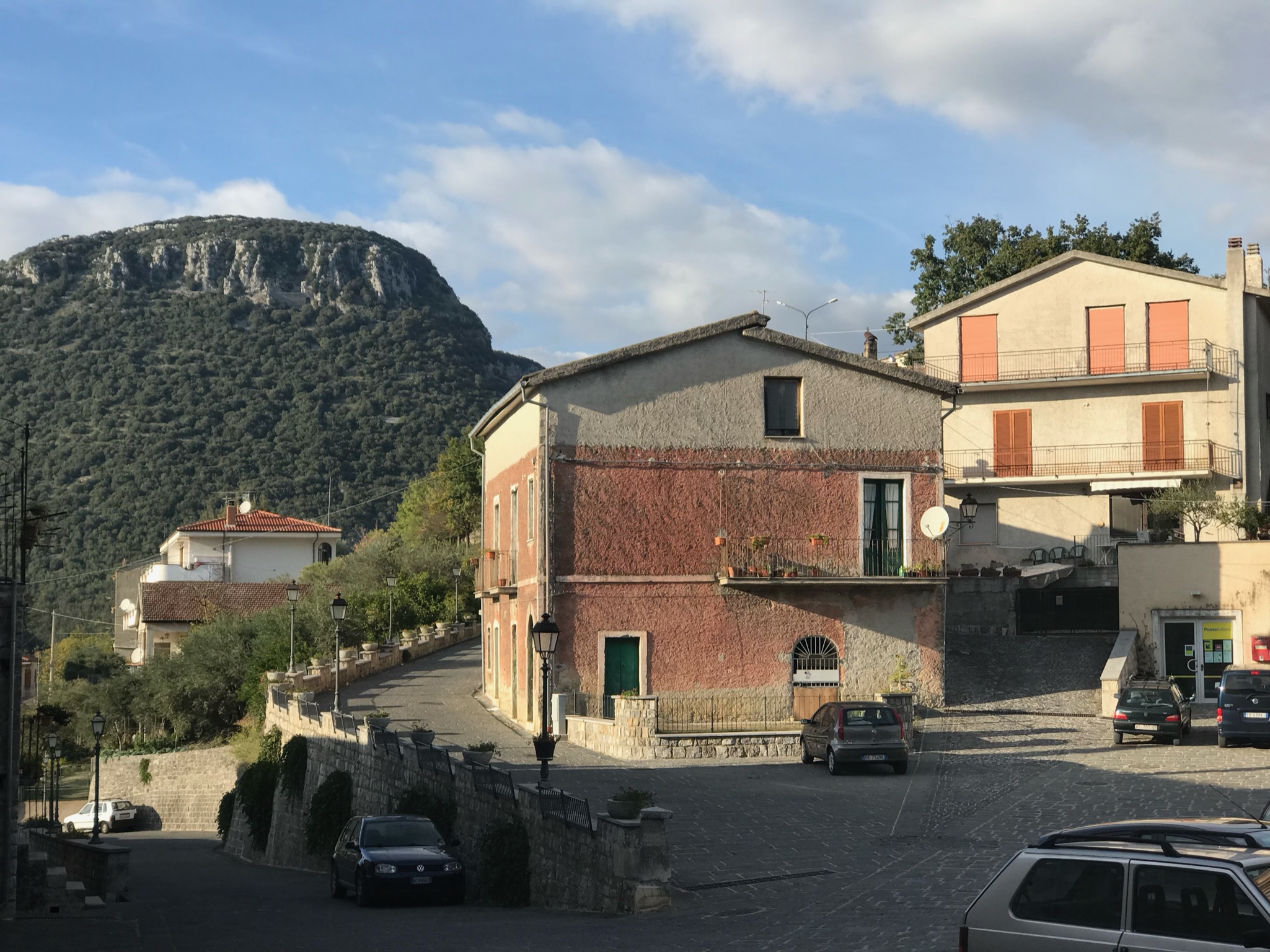
Time has not erased the characteristics of the medieval layout of the village, developed in concentric rings around the core formed by the church and the castle. Morigerati has been able to preserve its identity, enhanced by the choice made in recent years to open the houses in the historic center to welcome travelers, eager to experience the peculiar charm of the place. And so, the Environment Country was born, which also cultivates the reception of young students with educational activities and dedicated workshops. With the added value of the various attractions offered by the surrounding area, it is ideal for trekking, mountain bike or donkey rides lovers.
To begin, the fraction of Sicilì, along the side of Monte Mamino, with the Church of the Santissima Annunziata.
The Bussento oasis curated by the WWF since 1985 is not to be missed, where in addition to the natural wonders, the ancient mill can also be visited, with the horizontal wheel introduced by the very basilian monks.
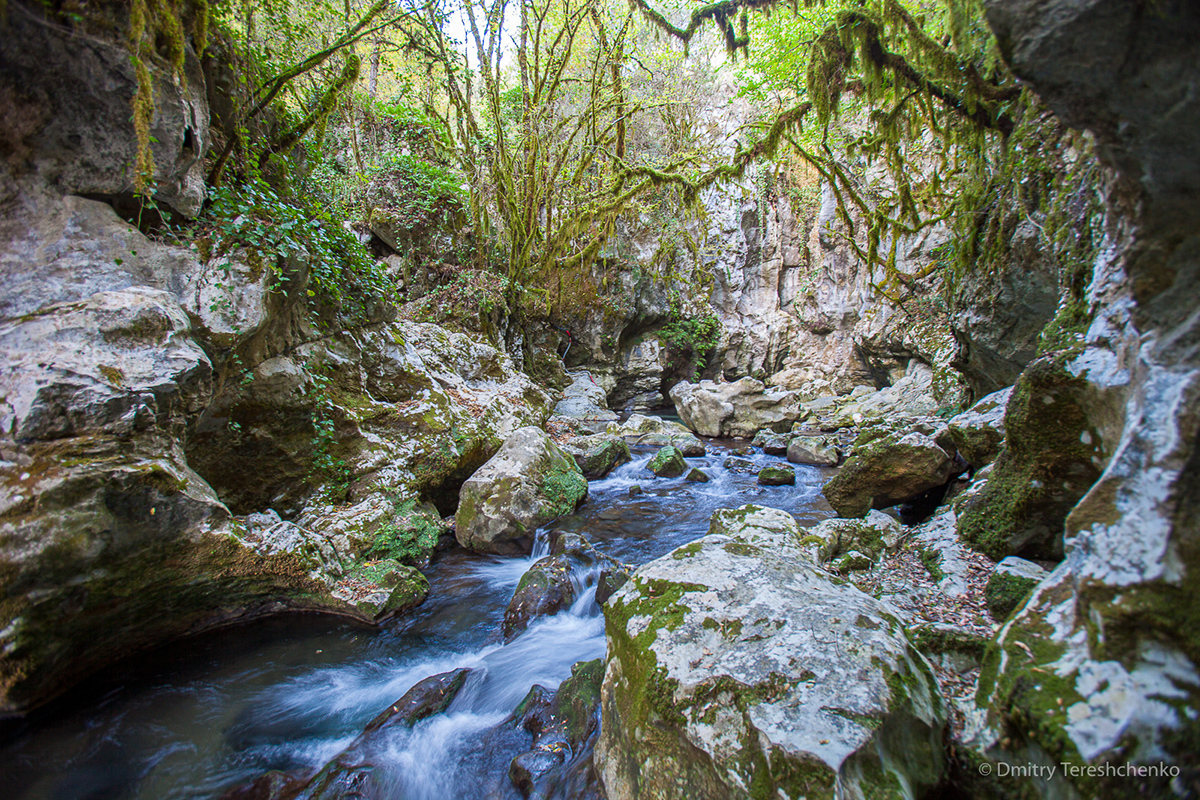

Techniques and tools related to agricultural production and the activities of transformation of the fruits of the earth are the protagonists in the areas of the Ethnographic Museum of Peasant Culture, located in the ancient convent of Sant'Anna, in the historic center.
It was in the sixties of the last century that the sisters Clorinda and Modestina Florenzano began to recover and collect items of common use, agricultural and related to weaving, telling stories of a peasant civilization. Thanks to this precious work of recovery approximately three thousand pieces have been displayed, to which are added photographic collections, videos of popular festivals and daily life in the countryside and various biographical recordings. Sold to the Municipality in 1994, the museum was recognized as being of regional interest in 2008.
The ironworks of Valle della Corte is also worth a visit, interesting evidence of industrial archeology, re-emerged from a landslide near the Bussentino, tributary of the Bussento, a few kilometers from the village. The structure is now a center of artistic and cultural promotion and houses the Museum Ugo Marano, with various works by the master ceramist originally from Cetara but Cilentian by choice.
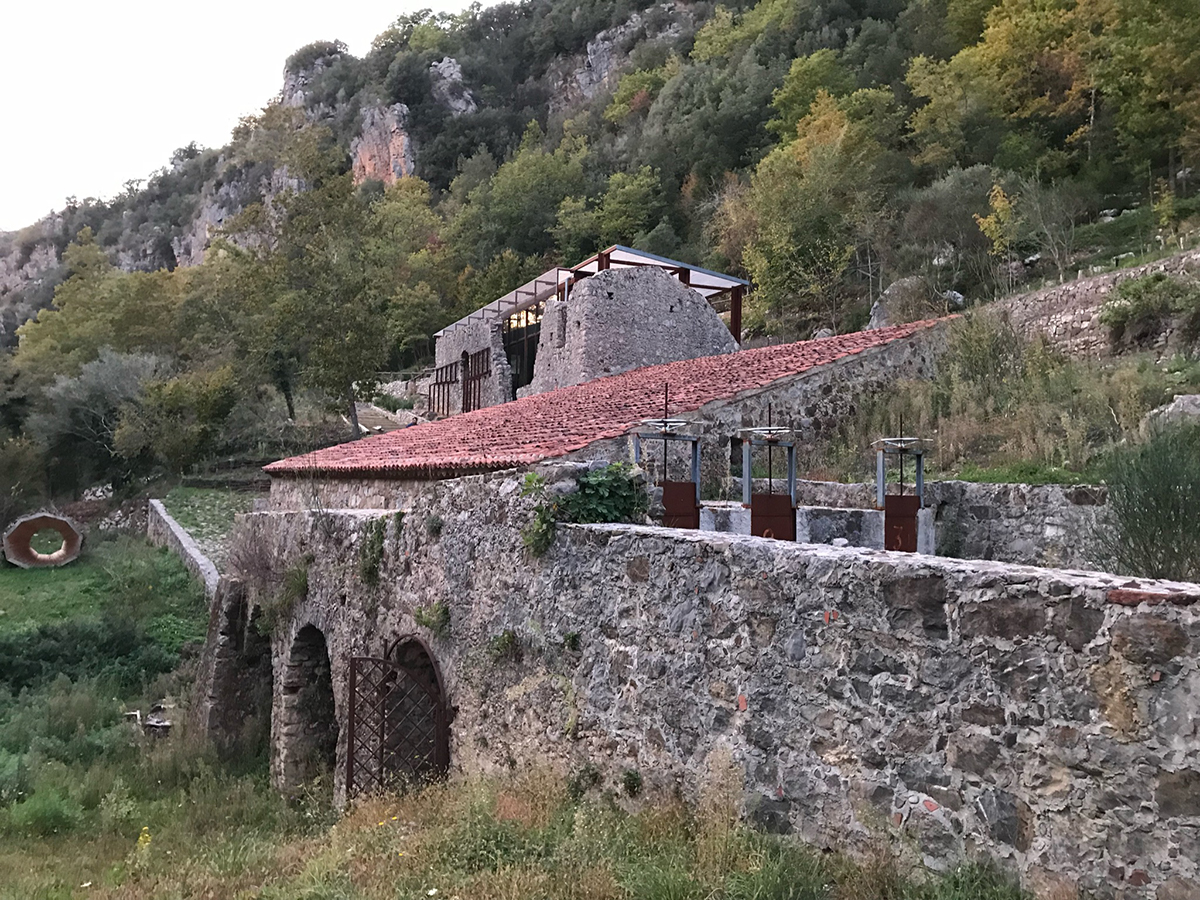
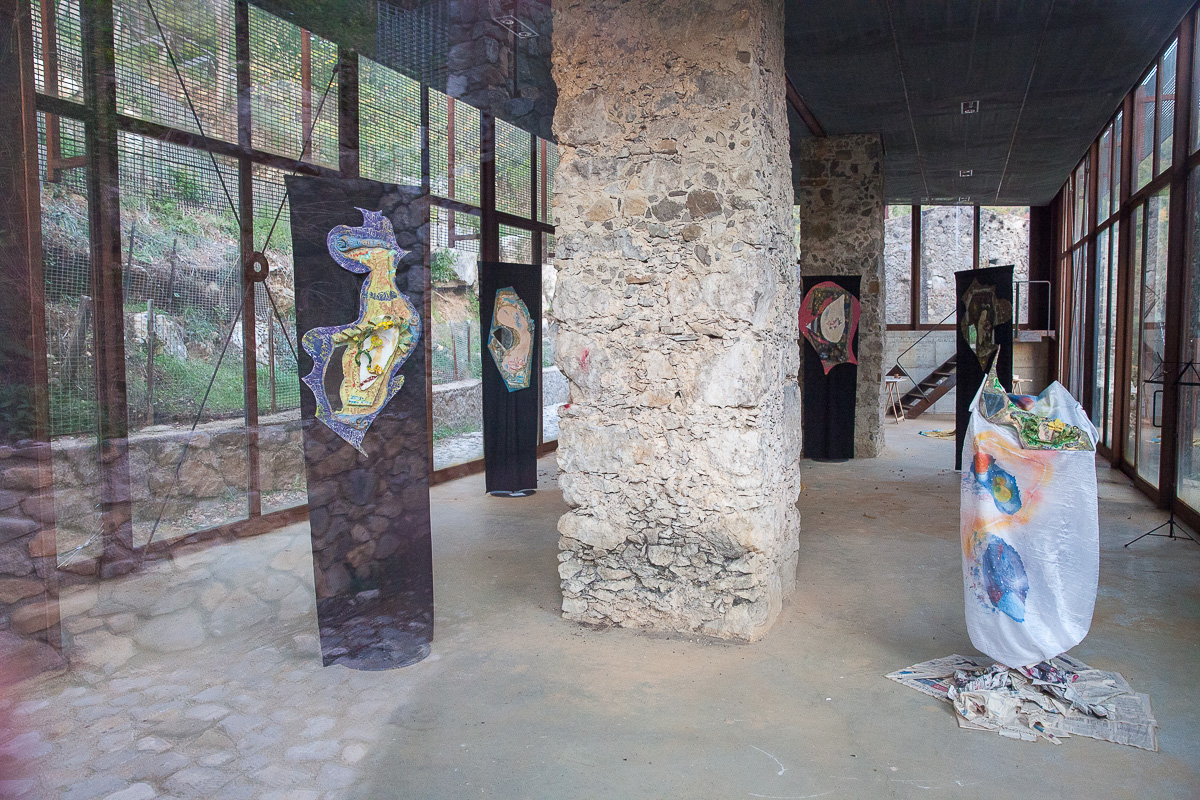
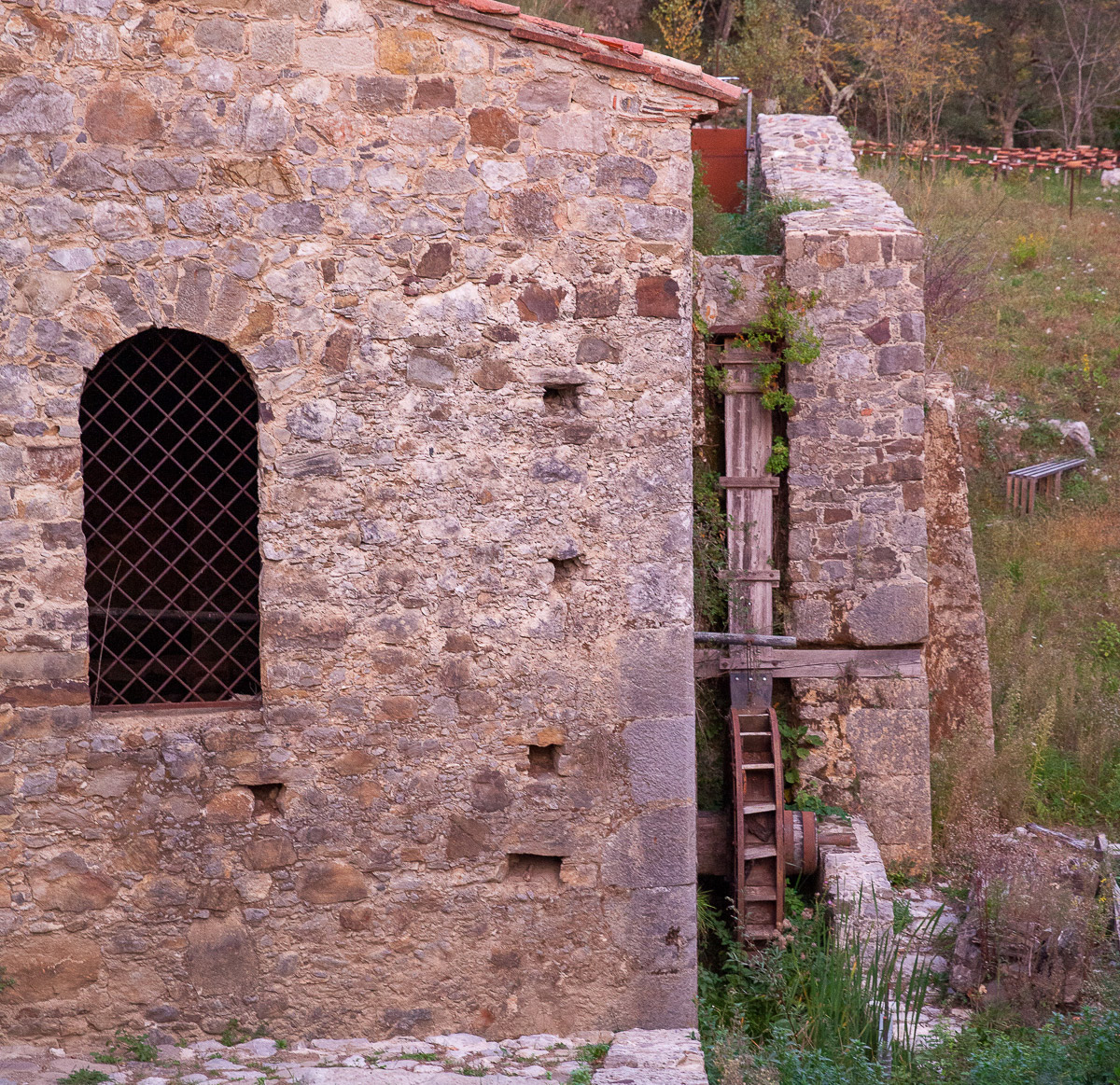
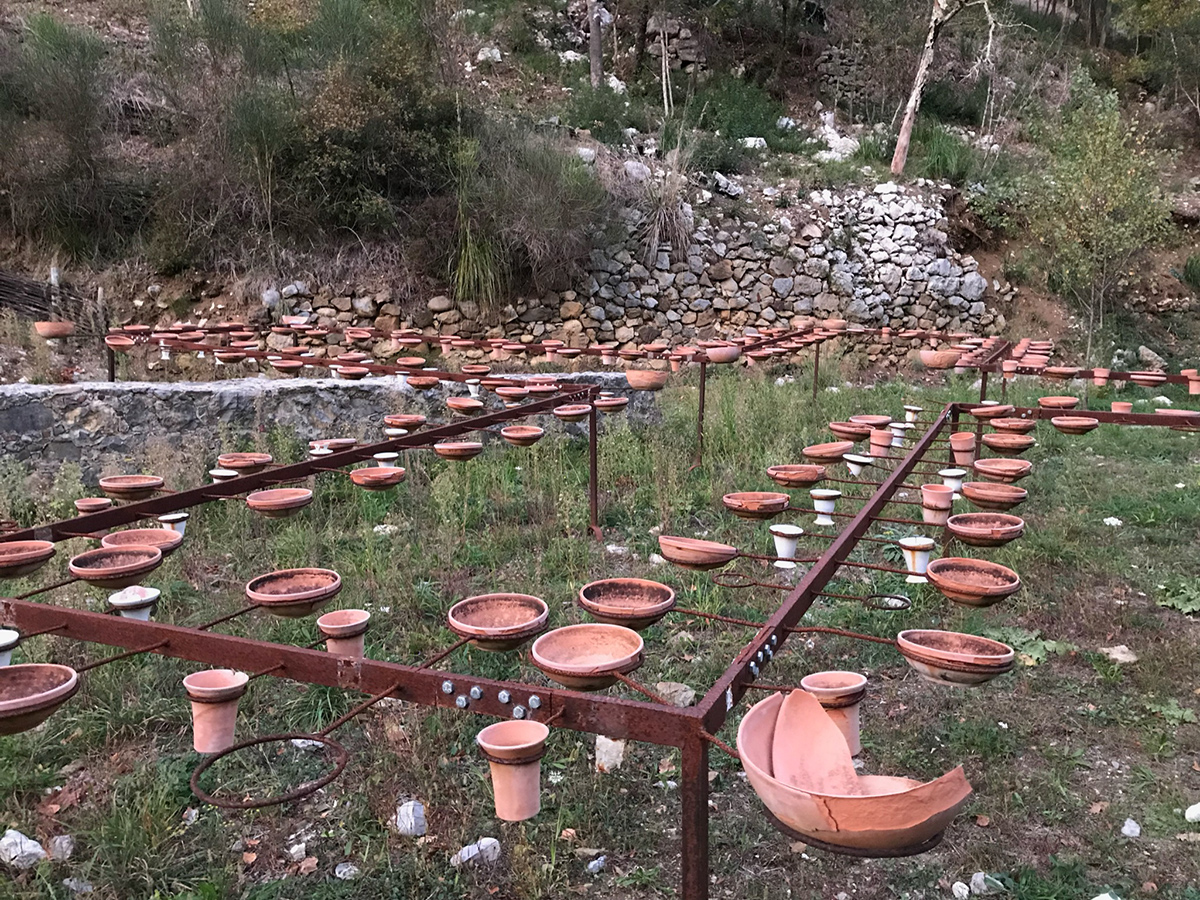
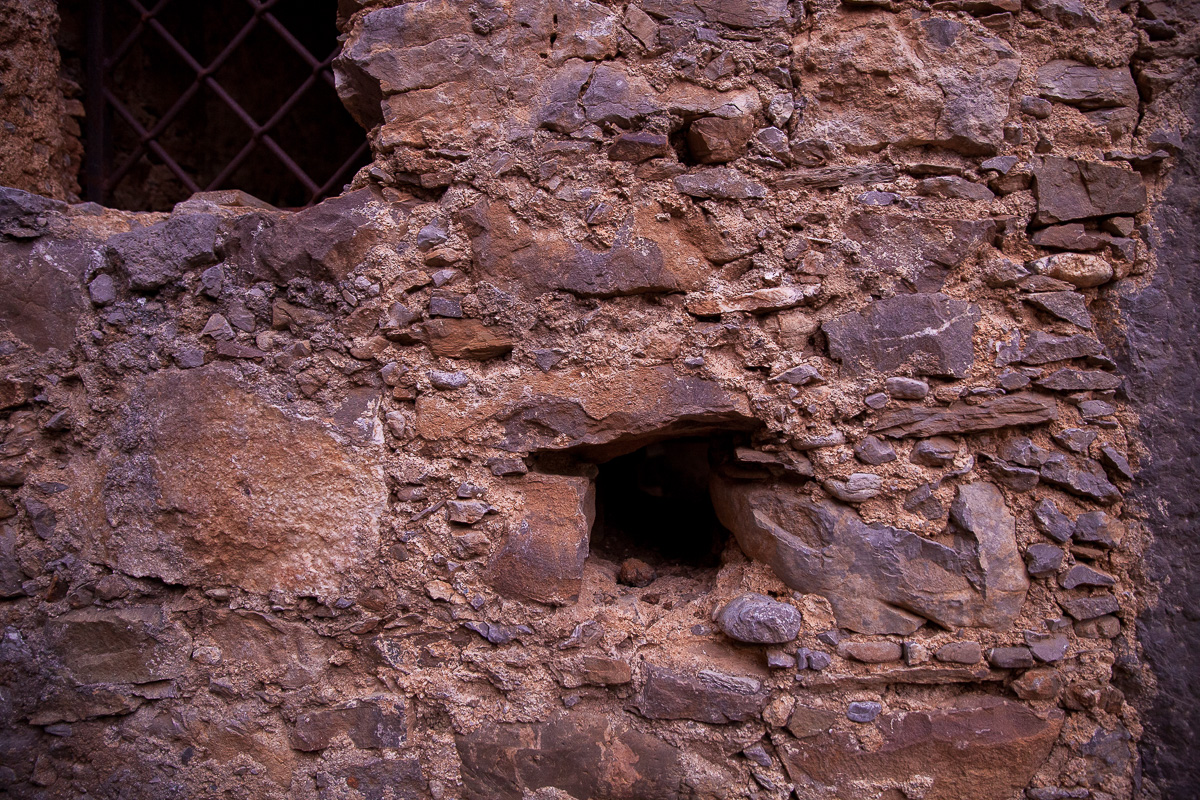
Copyright videos, photos and texts ©️ 2020



Comments powered by CComment